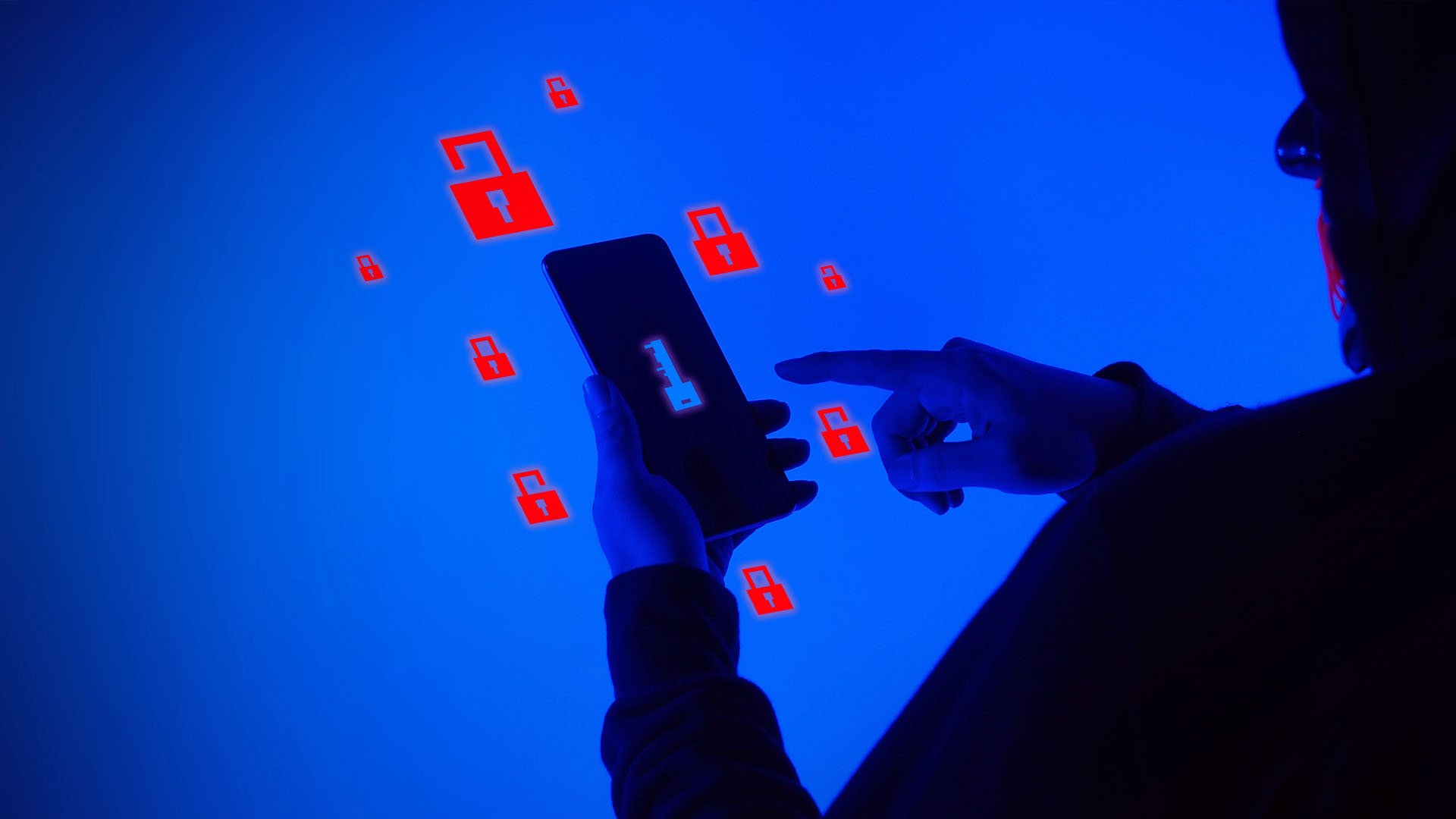Now is the time, my friends. I didn't give this advice last year for Cybersecurity Awareness Month, but I'm sure giving it now. It's time to freeze your credit, and you can do that in less than an hour (maybe less than half an hour with this guide—my experience was fairly quick).
Why? It's never been easier to open a fake account in your name. You have to assume that all of the pertinent info with which to do so is within the grasp of someone with the will to exploit what you've built.
Where?
You'll need to do three separate freezes, one at each of the major credit bureaus. Links to get that going are coming in the next section. Here's a list of them:
• Equifax
• Experian
• TransUnion
What do I need to do?
Set the freeze rays, my fellow meowers.
Make an account in each of these places (or log in if you have one). Here are the links to start the process.
- Equifax – https://www.equifax.com/personal/credit-report-services/credit-freeze
- Experian – https://www.experian.com/freeze/center.html
- TransUnion – https://www.transunion.com/credit-freeze
Pick one to start—and make sure you do the below.
Keep track of these (new) accounts, and add MFA as you make them
If you're not already using a password manager (not one in your browser), now's a good time to start. As you add each new account—these or others—also ensure you're setting up multifactor authentication (sometimes called 2-factor or 2FA).
Tell each to freeze your credit
You have to iterate, one account at a time; there's no central place to freeze your credit everywhere.
The links to each credit bureau shown above are the right place to start.
The bonus work (it takes longer)
Freeze your children's credit. Each adult has to freeze their own credit, but you can add the ice to your children's. Some are easier than others.
I need to open an account, what do I do?
So, time passes, and you have to thaw your credit. It's not so bad.
Log in to each site and remove the freeze. Apply for the credit, and then remember to refreeze your credit as soon as you're sure it's not going to be checked again.
Hassle?!>!>!???!!!
YES. I agree. Remember to blame all of those companies whose "apologies" were no stronger than "we're sorry to tell you…" and then the message ended with a laundry list of all of your personally identifying information that's now in the hands of people who care nothing about you personally.
This post appeared originally on LinkedIn here.





